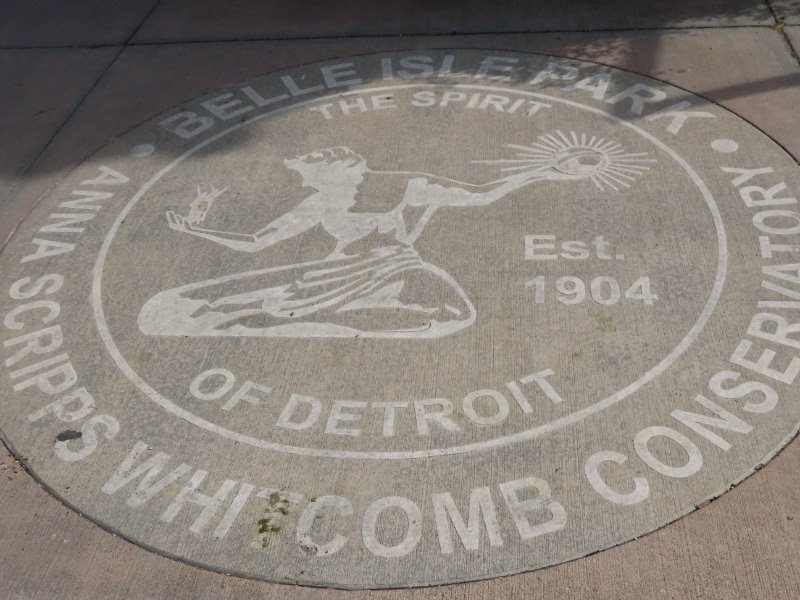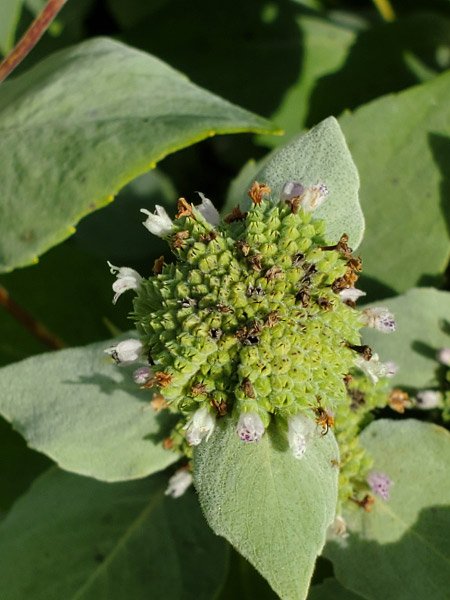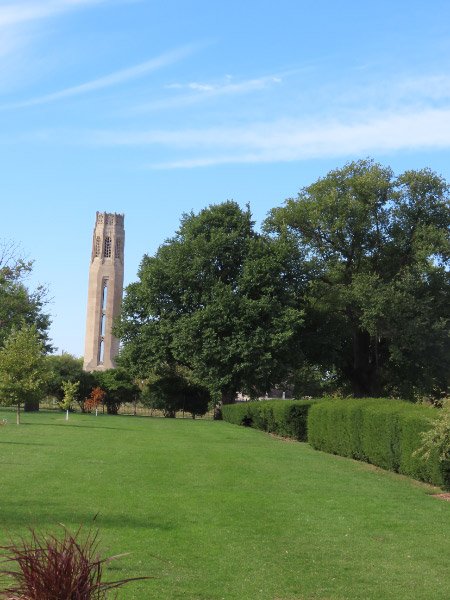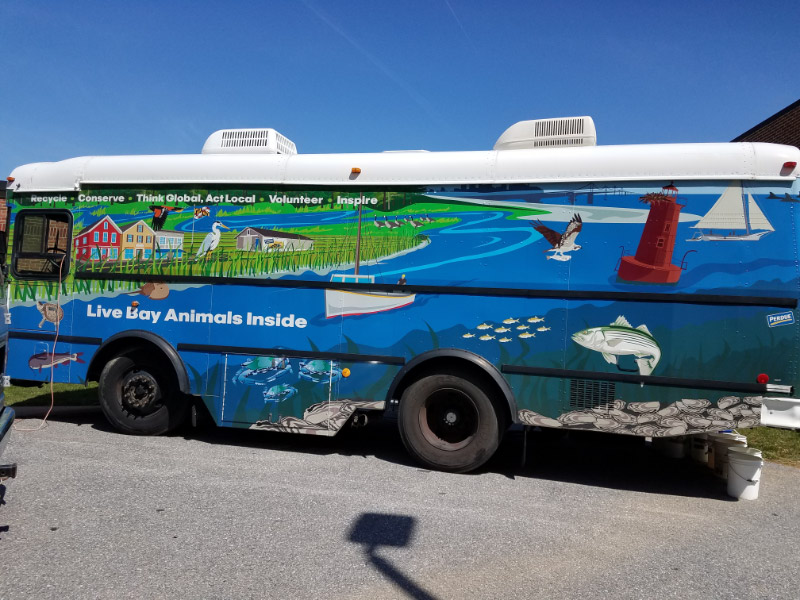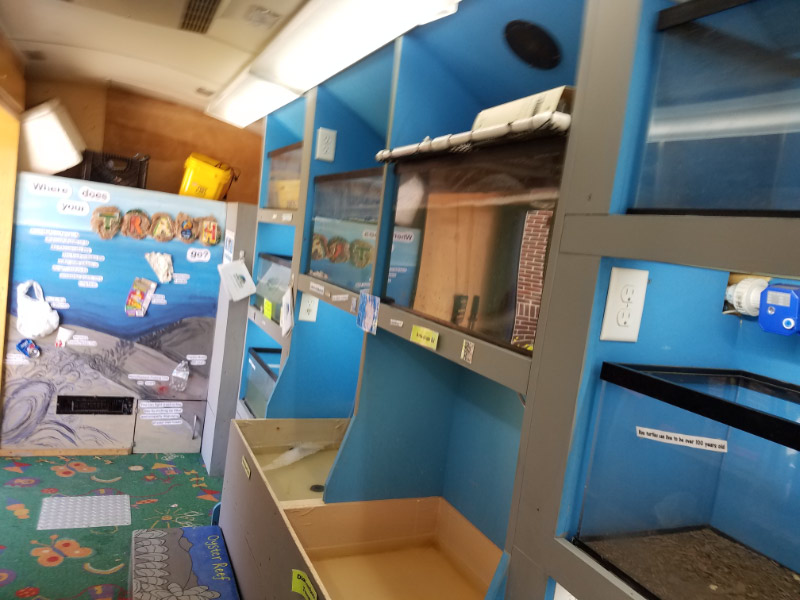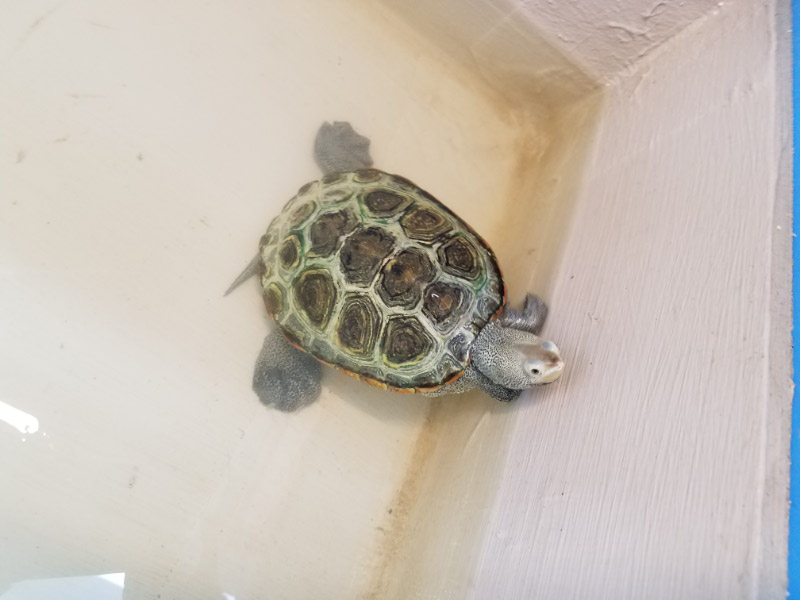Branson’s Aquarium on the Boardwalk
/The temperature was in the teens when we made our drive down to Branson to see the Aquarium on the Boardwalk. We were early enough in the day that there were not a lot of people already there. The entrance was a little daunting…too much plastic…but the displays of fish made up for that first impression. So many shapes and colors of fish! The signage could have been better; often there were fish on display without any signs to help identify them. One of my favorite tanks was the one with seahorses – some of which looked pregnant!
They had eels that looked menacing! There were also white margin unicorn fish which I had never seen before…and which I had to look up once I got home since there were no signs that I saw for it.
My favorite place in the aquarium was the display of jelly fish in cylinders and surrounded by mirrors on the walls…creating an infinity room with jellyfish everywhere! I made a short movie.
We spent about an hour at the aquarium and saw everything. It would take longer with a child…spaces to crawl into/see the fish from a different perspective, a touch tank, and a ‘kelp’ tower of platforms/netting to climb which we didn’t do. We did enjoy the Submarine Adventure (3-D glasses, cartoon, special seats) and it would be even more fun with children in the audience.
The building was purpose built for the aquarium – with a huge stainless steel clad octopus over one end of the building. I found myself wondering if they ever do behind the scenes tours. It must take a lot of work to keep the fish healthy over time and it would be interesting to understand more about how they do it.
This initial visit was an enjoyable ‘field trip’ on a cold morning.











































